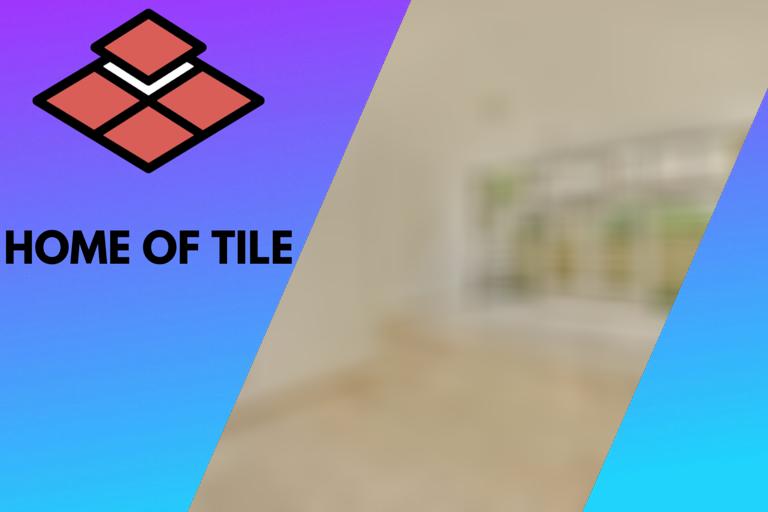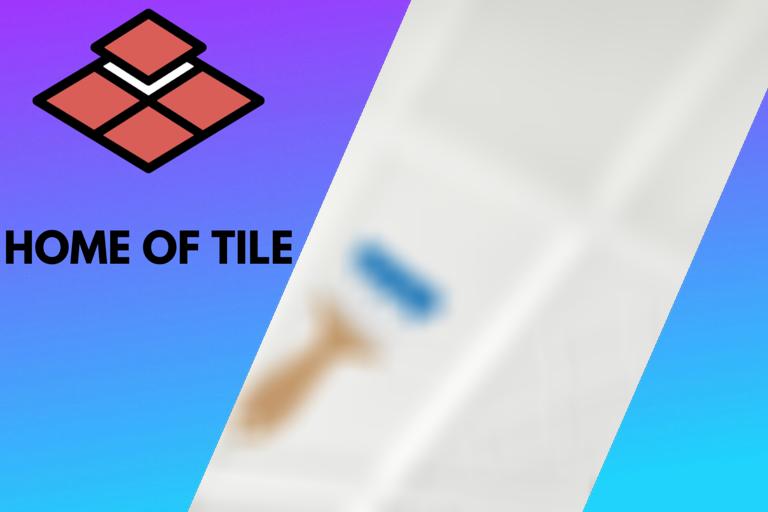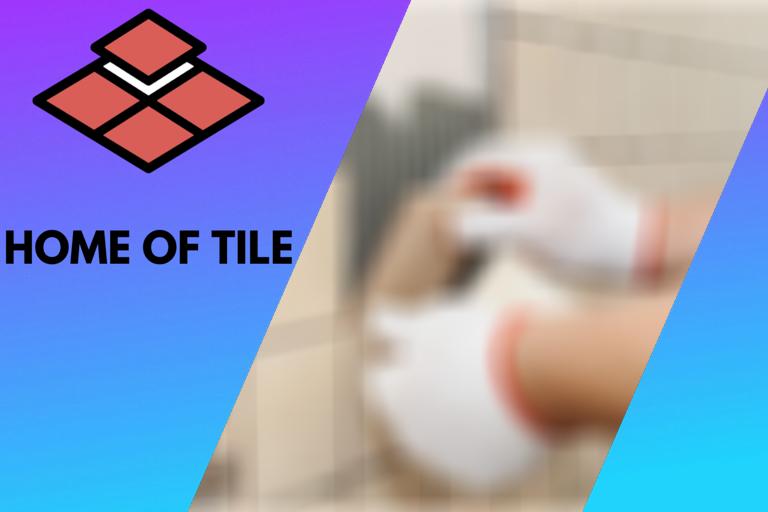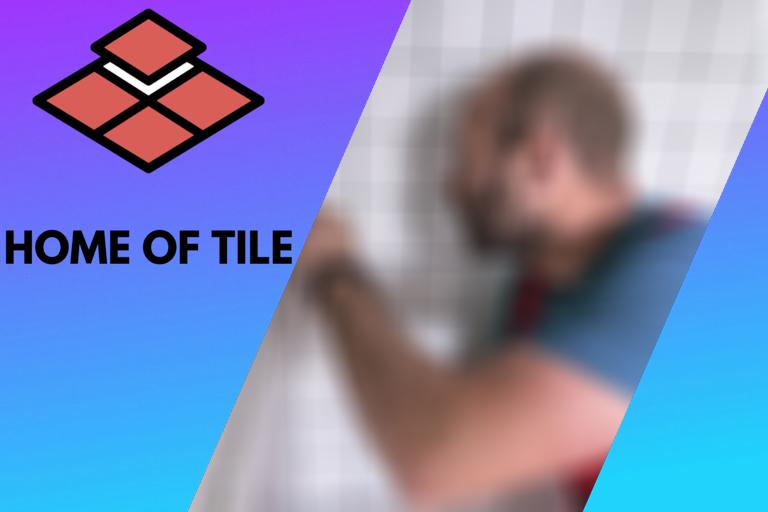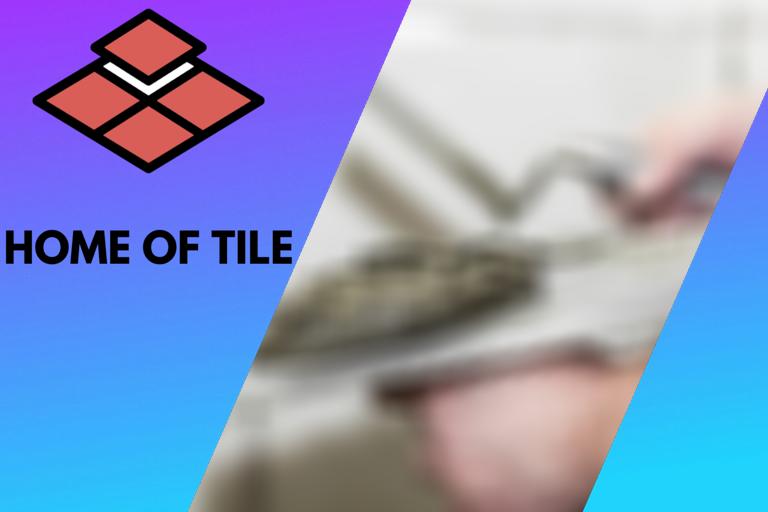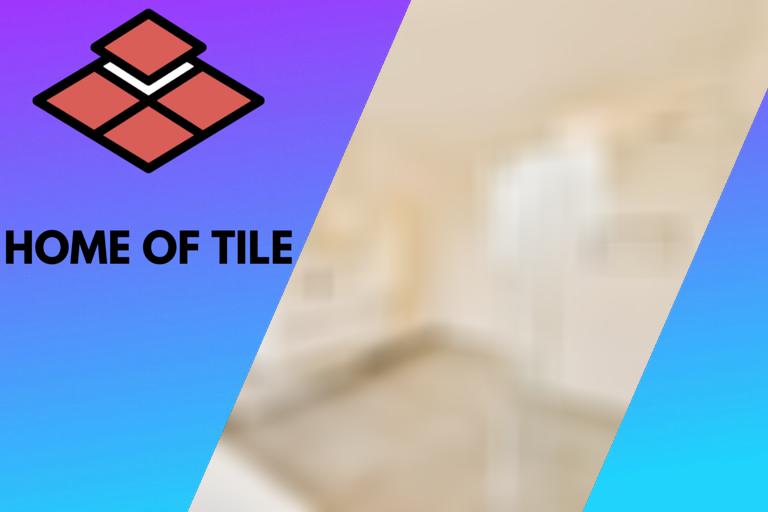Tiling over different substrates: 6 Things You Should Know
A poorly prepared subfloor may ruin your tile installation. The floor should be cleaned thoroughly to remove all dirt, dust, wax, as well as glues and adhesives. Different types of subfloors require other methods of preparation before tile installation. Tiling directly over an unprepared subfloor can be problematic. For example, tiling directly over an uneven surface may cause the tiles to crack once pressure is applied. Similarly, tiling over existing tiles without preparing the surface for new tiling can loosen the adhesive, which may eventually cause the tiles on the walls to fall off and the tiles on the floor to get raised.
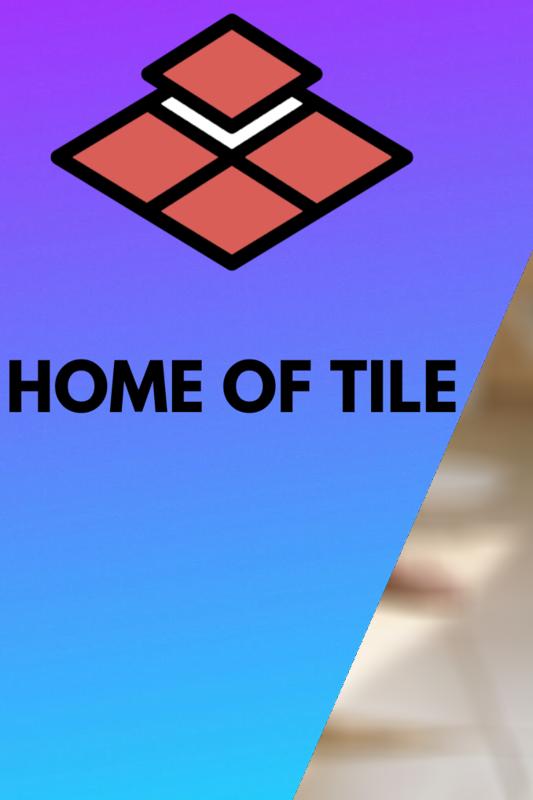
This article will provide you information about tiling on different surfaces like Terrazzo, existing tiles, carpet glue, and uneven walls. If you plan to install new tiles over an old surface, go through each section of this article to install your new tiles professionally.
Contents
Tiling Over a Self-Leveling Compound, some helpful tips:
In general, ensure that the self-leveling compound is completely cured before tiling. For standard self-leveling compounds, this can take up to 1 to 2 weeks. For quick components, this can be 1 to 2 days. It is recommended to prime the self-leveling compound to improve the bonding of the adhesive.
Tiles require flat and even surfaces for installation. This is something that self-leveling compounds can provide. This polymer-modified cement compound has high flow characteristics. It can be installed over a variety of substrates like concrete, timber, and screed.
Self-leveling compounds are ideal for uneven floors, which have dips or cracks. These compounds are also suitable for floors that have in-screed underfloor heating. Using a self-leveling compound is a fast way to embed in-floor heating mats or cables.
The mixing ratio of powder to water must be adequately controlled, as excess water will significantly affect the curing and drying time of the compound. Use cold water for mixing the compound. Once the compound is mixed, plan to pour from the furthest point working back towards the point of entry. Avoid walking over the wet mixture.
Different self-leveling compounds have different drying times. Ultra-leveling compounds are ready to tile on in 45 minutes. Other compounds might take up to 90 minutes for drying sufficiently for tiling. Mostly, you can tile a couple of hours after the application of self-leveling compounds.
Cold and humid rooms prolong the curing and drying times of the compound. If possible, avoid direct sunlight to prevent uneven drying. Most compounds start drying after 15-30 minutes. Once it’s set, it’s difficult to fix mistakes. Therefore, to cover the entire area, you will have to work fast.
Although you can tile directly over the self-leveling compound, it’s recommended to prime the surface to ensure a good base for the adhesive to bond.
Tiling Over Terrazzo, some helpful tips:
In general, tiling over a Terrazzo floor can save a lot of time. First, check what Terrazzo binder has been used, cement or epoxy. Use some sulfuric acid to do this. For Terrazzo with a cement binder, use a cement-based adhesive. Use an epoxy adhesive for Terrazzo with an epoxy binder. If your Terrazzo floor uses wax, this should be removed.
Terrazzo floors are made of a mixture of small stone pieces. The small stones are embedded in a binder, which is often made of cement or epoxy. It’s polished and then sealed and waxed. Removing the terrazzo floor is a time-consuming and challenging job. Tiling over the terrazzo floor is an excellent option to change the appearance of the floor. You must know the binding material used on the terrazzo floor before tiling.
There are two most common binders used in terrazzo floors, which are cement binder and epoxy binder. Not all adhesives bond correctly to the type of binder used. Cement adhesives bond well to cement terrazzo, and epoxy binder requires an epoxy adhesive.
● How to find the correct binder used in a Terrazzo floor:
To find the type of binder used in your terrazzo floor, strip a small area of the floor until the binder is visible. Drop a small amount of sulfuric acid over the binder and see the reaction. If there is no reaction, then your binder is epoxy-based, meaning you need an epoxy-based adhesive. If the binder fizzes, then it’s cement-based, and it requires cement-based adhesive.
● Tiling over Terrazzo with Wax:
In some cases, the terrazzo floor is covered with layers of wax. If you apply the mortar directly over the wax or sealer, it may not adhere correctly. Therefore, you must remove the wax from the floor before applying the adhesive. A floor grinder can be used to remove it.
● Tiling over Terrazzo with cement binder:
The setting method and the type of thin-set for cement-based Terrazzo are similar to installing over any other floor. Use the type of thin-set according to the type of tile you are installing. For example, white latex-additive thin-set can be used for stone tiles. Trowel size is based on the size of the tile you are installing, meaning 12-inch tiles need a ¼ inch notch trowel.
● Tiling over Terrazzo with epoxy binder:
Epoxy-based Terrazzo requires an epoxy-based thin-set. A smaller notch trowel with ⅛ inch notches can be used to apply the epoxy thin-set. After installing the tiles, gently hit the tiles firmly with a mallet. Then pry up a tile to check whether the thin-set underneath is covering the tile properly. If the tile is not fully covered, apply an extra thin-set to ensure good adhesion.
Do You Need to Remove Carpet Glue Before Tiling
In general, you should remove the carpet glue before tiling. Any contaminants on the subfloor may ruin the tile installation. The floor should be cleaned thoroughly to remove any dirt, dust, wax, and glues, and adhesives. All-purpose solvents, like mineral spirits, can be used to remove carpet glue.
Tiling adhesives need a rough surface to bond well. Carpet glue makes the floor smooth; hence, the thin-set cannot adhere properly. This can eventually cause the tiles to rise when thin-set loosens. For this reason, carpet glue must be removed before applying adhesive. You can use solvents to remove the carpet glue from the subfloor.
Tiling Over Carpet Glue, some helpful tips:
Tile installation requires proper subfloor cleaning. Contaminants on the floor hinder the adhesion of the thin-set, leaving your tile floor bumpy and damaged. It’s preferable to remove all the adhesive or glue from the floor before tiling.
After removing the carpet pad, the residual adhesive remains on the floor. The best way to remove carpet glue from the subfloor is to use an adhesive solvent. You can use a solvent that is safe to be used on the type of your subfloor (i.e., concrete or wood). All-purpose solvents, like mineral spirits or acetone, can also be used for removing the carpet glue.
The solvent can be applied with a paintbrush or rag. Ensure the area covered with adhesive is adequately saturated. The solvent loosens the carpet glue from the floor once it’s settled and cured properly. This takes between 5 to 10 minutes. Scrap up the loosened glue with a putty knife or a razor scraper. In areas with thick layers of glue, repeat the process until all the glue has been removed.
Tiling Over an Uneven Wall, some helpful tips:
In general, tiling on an uneven wall may lead to corners of tiles not sticking properly to the wall’s surface. This is known as lippage. The easiest method is using leveling clips and wedges. This forces the edges of the tiles together and creates an even and smooth tile installation. Alternatively, you can install a backer board or prepare new drywall to eliminate the lippage.
● Using a Tile Leveling System for uneven walls:
Alternatively, leveling clips and wedges can be used to keep the edges of the tiles together and create an even and smooth tile installation. You can use a tile leveling system if the lippage is not hudge, as the tile adhesive needs to fill the gap under the tile.
There are different tile leveling systems, but they work similarly. Two adjoining tiles are pulled to the same height, such that they form a flat surface. The adhesive will fill the gap between the tiles and the uneven substrate. When the adhesive is dry, you remove the top part of the tile leveling system. If you use the tile leveling system correctly, you will end up with a flat surface and equal grout joints. They can be a lifesaver and can be used on many different substrates.
● Using a backer board or new drywall for uneven walls:
If your wall is very uneven, you can either prepare new drywall by plastering the wall and leveling out the uneven areas. Or you can install cement backer boards to create an even surface for tile installation. For minor dents and imperfections, you can use cement adhesive to fill the gaps.
Fresh plaster requires more time to dry. If you have a shortage of time or want to finish the job early, then preparing new plastered drywall for tiling is not suitable. Here are some tips to tile on an uneven wall:
- Find the Midline: Measure the wall and find the midline from ceiling to floor. Lay your first tile directly on this line and proceed sideways.
- Spread Thin-set Uniformly: Use a flat-edged trowel to spread the thin-set and then use a toothed edge trowel to make the thin-set uniform in depth.
- Use Spacers: Leveling spacers should be used to evenly space the tiles. Tile spacers also keep the tile lines straight in the layout.
- Gently Hit the Tiles After Installation: Use a rubber mallet to gently hit the tiles until they are all of the equal depth. Use leveling spacers between the tiles.
- Slide the Wedge Into the Clip: Either from top to bottom or from left to right, slide the narrow edge of the wedge tightly into the clips. The wedge pulls the tiles together and evens out the bumps on the surface from the uneven wall.
- Spreading the Grout: Use a rubber float to spread the grout into the joints between the tiles. Hold the float at 45 degrees angle to the wall while grouting. To remove excess grout from the tile face, hold the float at an angle of 90 degrees to the wall and slide to pick up the excess grout.
- Clean the Haze: Allow the grout to dry sufficiently. Then, use a damp sponge or cheesecloth to clean the grout residue and haze.
Pros and Cons of Tiling Over Existing Tile
In general, tiling over existing tiles is fine. Removing old tiles is a laborious and challenging task. But the downside is that you end up with a much thicker and heavier wall or floor. Ensure that your construction can cope with this. If you lay tile over existing tiles, prepare the tiled surface correctly prior to installing them.
● Tiling over existing tiles
When you decide to lay tile on existing tiles, it is important to create a rough surface. This improves the bonding of the adhesive to the old tiles. Else they may even fall off eventually and ruin the entire tiling job. You can use a grinding disc for larger surfaces or a chisel and a hammer for smaller areas.
● Check for hollow tiles
Always check for hollow tiles. These tiles need to be removed, and the vacant space needs to be filled. You can knock each tile and listen out for hollow sounds. If the old tiles are too much damaged, remove them before installing new ones. If you want to use the old tiles again, be careful while removing them. In the case of wall tile, use some padding on the floor to protect it.
● Removing old tiles
Removing old tiles is a challenging and time-consuming task. The first step is to remove any fixtures and empty the room. Create a starting point by pulling out a tile using a hammer and a chisel. Tiles may come up easily or require effort depending upon the mortar and the type of underlayment used. Continue to pry up the tiles and collect the tile pieces to minimize the clutter.
Once the tiles are removed, the next step is to assess the underlayment. In some cases, the tiles are directly attached to a concrete surface, but if the tiles were attached to plywood, checking and repairing the underlayment is necessary before re-tiling. Very damaged underlayment must be removed to create a good base for tiling.
Clean the floor using a shop vac and remove all debris or dust. If you have removed the underlayment, remember to remove or pound exposed nails. Fill any cracks or holes in the surface with a joint compound. Once the compound is dry, apply the thin-set and install the new tiles.

